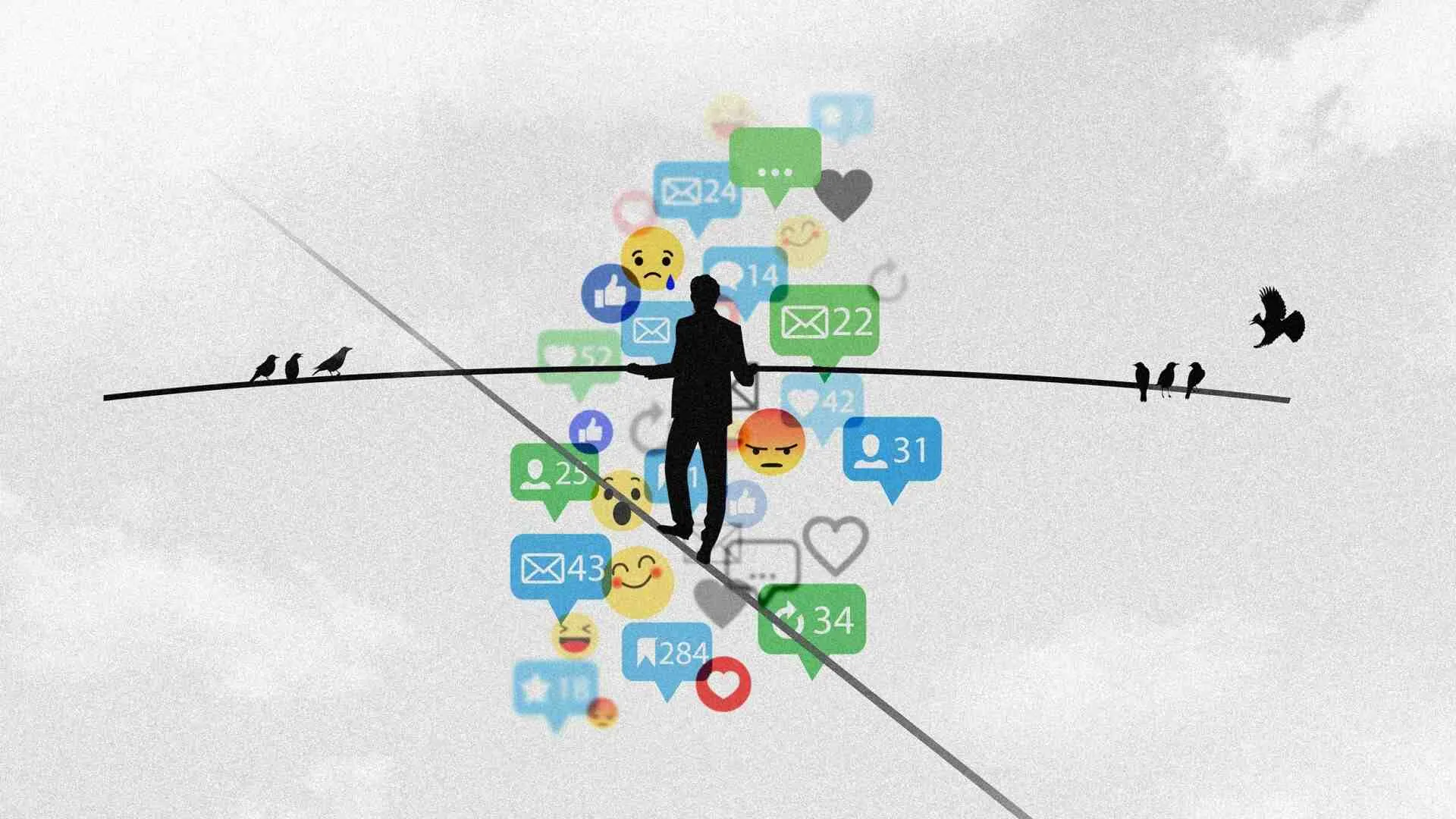In today’s fast-paced digital world, finding focus at work has become a Herculean task for many. A new study from the Frontiers in Computer Science suggests that the common strategy of putting our smartphones away to minimize distractions might not be as effective as we hope. Despite distancing ourselves from our mobile devices, distractions persist, shifting from one device to another, notably to laptops. This finding challenges the simplistic notion that proximity to our smartphones is the main driver of distraction.

The Persistent Allure of Digital Devices
The research conducted by Dr. Maxi Heitmayer, a notable researcher at the London School of Economics, involved 22 participants who were observed under controlled conditions. The participants’ usage of devices did not significantly change between sessions where their smartphone was close by or placed 1.5 meters away. “The study shows that putting the smartphone away may not be sufficient to reduce disruption and procrastination, or increase focus,” explains Dr. Heitmayer. The core issue, he suggests, is not the device itself but the habits and routines we’ve developed around our digital tools.
Smartphones, with their sleek design and multifunctionality, remain the top choice for distractions. They connect us to loved ones, entertain us, and even help manage our daily tasks. “It’s your connection with loved ones and with work. It’s your navigation system, alarm clock, music player, and source of information,” Dr. Heitmayer points out. This versatility makes them hard to ignore, even when they are not within immediate reach.

Shifting the Focus to User Habits and App Design
The findings underscore the need to look beyond device-centric solutions and focus more on user habits and the design of applications. Apps are crafted to capture and keep our attention; changing this dynamic requires more than just physical distance from our gadgets. “The smartphone itself is not the problem. It’s what we do with it and, frankly, the apps that generate and reinforce these habits,” Dr. Heitmayer argues.
Strategies for managing distractions involve more nuanced approaches like scheduling specific times for notifications or choosing to silence them altogether. However, Dr. Heitmayer is realistic about the challenges, noting, “Whenever there is a small break, people check their phone, regardless of whatever system they have in place.”
Towards a More Mindful Engagement with Technology
The research points towards the importance of developing better digital wellbeing strategies that can truly enhance productivity and focus. As we navigate the complexities of digital engagement, understanding the underlying habits that drive our interactions with technology becomes crucial. This insight is vital for creating environments that support sustained concentration and wellbeing in the workplace.
Moving forward, there is a call to protect and educate users, especially the younger generation, about the potential downsides of unchecked digital consumption. “These devices are incredibly useful and can facilitate learning and creativity, but they come at a cost that most adults struggle to manage, so we simply cannot ignore this,” concludes Dr. Heitmayer.

This study not only sheds light on the limitations of current strategies to manage digital distractions but also opens up a conversation about more effective ways to harness the benefits of technology without letting it undermine our productivity and mental health. As we continue to explore the boundaries of our digital habits, it becomes clear that achieving digital mindfulness might require more than just putting our phones away—it demands a deeper understanding and restructuring of our digital lives.










